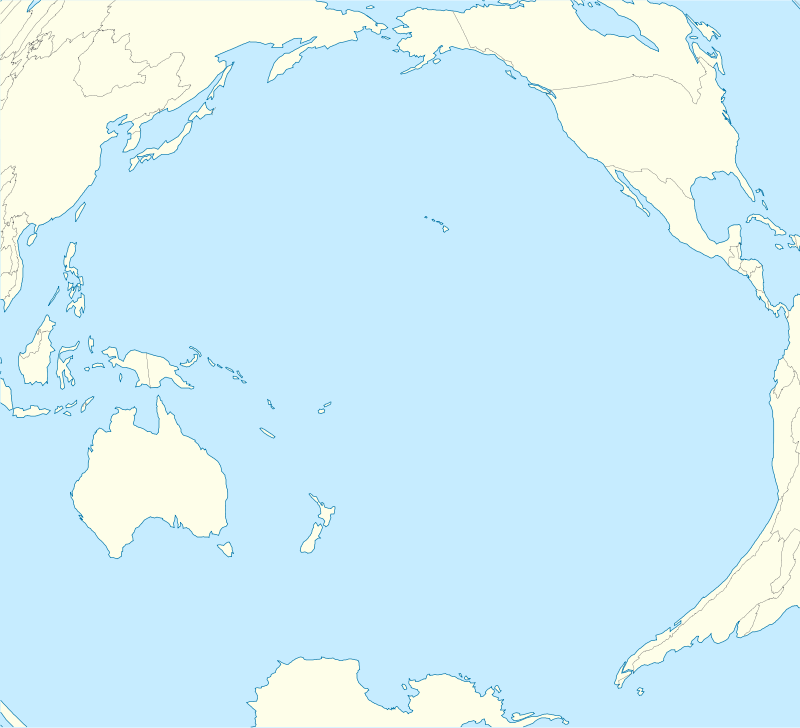Disappointment Islands
Coordinates: 14°10′S 141°16′W / 14.167°S 141.267°W

The Disappointment Islands (French: Îles du Désappointement) are a subgroup of the Tuamotu Archipelago in French Polynesia. They are located towards the northeast, away from the main Tuamotu group.
The Disappointment Islands are a small group of coral islands, which includes the island of Tepoto and the atoll of Napuka. Puka-Puka, 180 miles (290 km) to their southeast, is often included in this subgroup.[1]
These islands are arid, and are not especially conducive to human habitation.
Demographics
The Disappointment Islands are sparsely populated. The inhabitants are overwhelmingly native Polynesians. According to the 2002 census, the population of the islands is as follows:
- Tepoto: 54
- Napuka: 257
- Puka-Puka: 197
Administration
Administratively Tepoto Island belongs to the commune of Napuka, while Puka-Puka has its own commune.
History

The western Disappointment Islands, Tepoto and Napuka, were colonized by voyagers from the neighboring Tuamotus, but Puka-Puka was colonized by settlers from the Marquesas Islands, several hundred miles to the northeast.
These islands were first sighted by Ferdinand Magellan in his 1520 expedition to the Philippines and the Spice Islands, who called them the "Unfortunate Islands" (Islas Infortunadas) because they could not find a water source there from which to replenish, while en route to the Philippine Islands.[2]
Further European contact with Napuka Atoll only took place again two centuries later, in 1765, with British explorer John Byron. He named Napuka and Tepoto "Disappointment Islands" because he found the natives to be of a hostile disposition toward him. The islands were also visited by the United States Exploring Expedition in 1839.
See also
References
External links
- History (French)